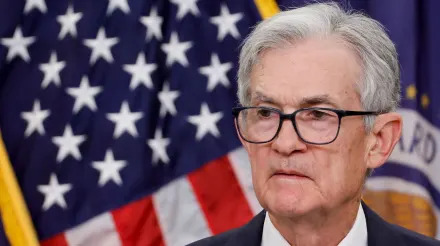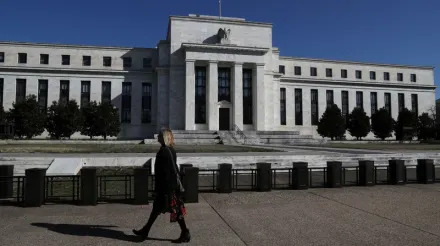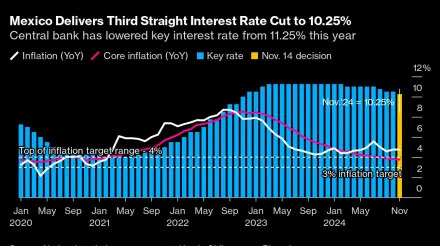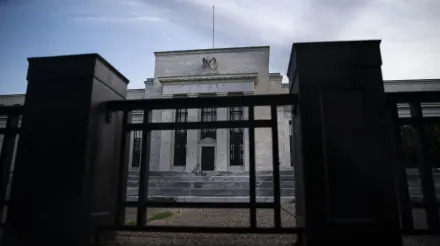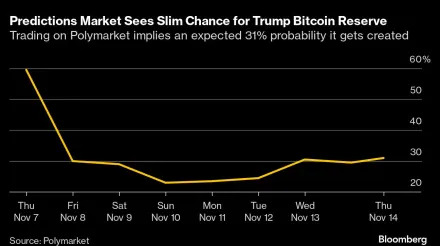Powell says Fed will likely cut rates cautiously given persistent inflation pressures
Chair Jerome Powell said Thursday that the Federal Reserve will likely cut its key interest rate slowly and deliberately in the coming months, in part because inflation has shown signs of persistence and the Fed's officials want to see where it heads next. Powell, speaking in Dallas, said that inflation is edging closer to the central bank's 2% target, “but it is not there yet." “The economy is not sending any signals that we need to be in a hurry to lower rates,” the Fed chair said.


